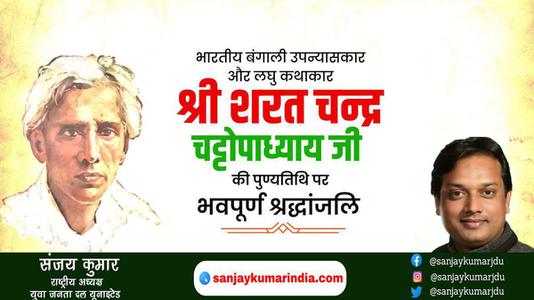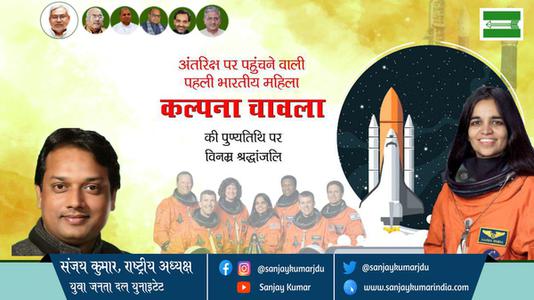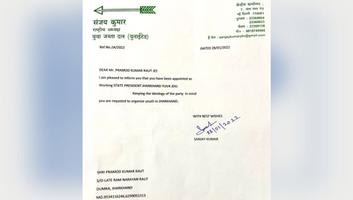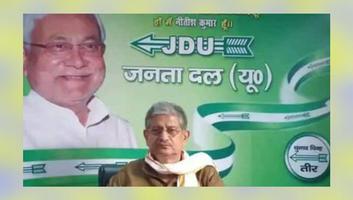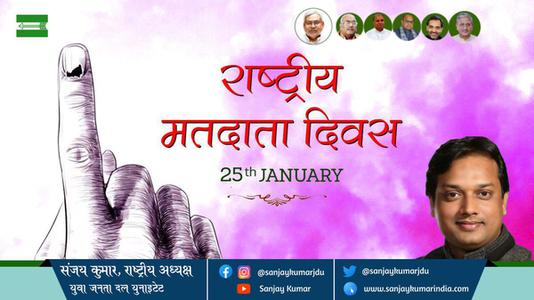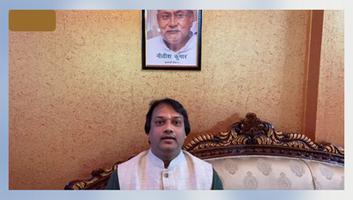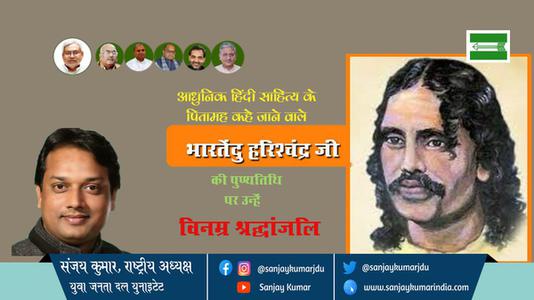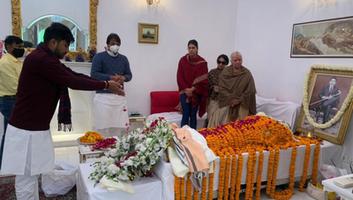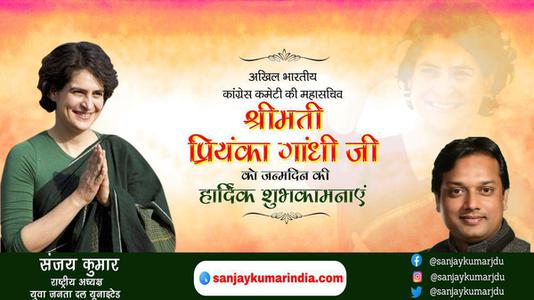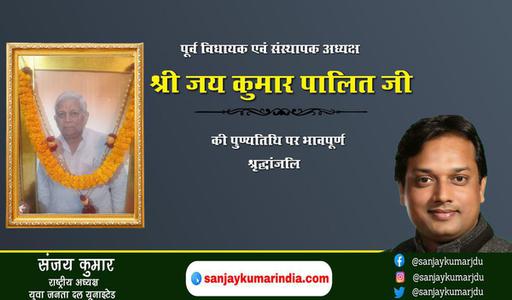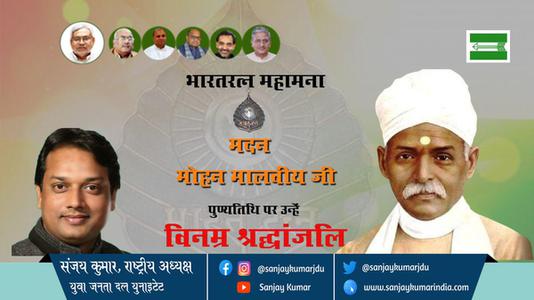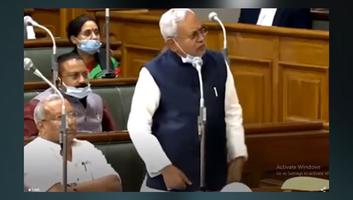Kali River East - Water or Poison?
- By
- Rakesh Prasad
- Raman Kant
- January-19-2018
At the time of Durga Puja celebrations used to immerse the idol of Goddess Durga in it, however, now the river has changed literally black in color. The untreated effluents of chemical plants, sugar mills, distilleries, and slaughterhouses etc. have made this river almost dead. The water has turned black with hardly any oxygen in it. Like all other rivers, the Kali Nadi is also considered as pious and aesthetic. The river has got the name since it is believed that it used to cure black cough (Kali Khansi). Since last two decades, the river is being used as a dumping ground with substantial quantities of contaminants and untreated effluents from numerous sources disposed into it along its course. The major factors are industrial untreated effluents, domestic sewage, agricultural runoff, indiscriminate use of polythene etc.
Industrial usage is the main cause of pollution of the Kali River (East). Key industries including sugar processing unit and their associated alcohol manufacture distilleries, paper mills, dairies, tanneries are situated adjacent to the river. The sugar mills and paper mills are enlisted in the 17 most toxic waste releasing industries. These industries not only abstract large volumes of water during their manufacturing processes reducing dilution of pollutants present within the surface water bodies but also contaminate the river adversely by draining their effluent wastes into it.
Secondly, Kali Nadi receives a large volume of untreated raw human excreta from thousands of major and minor habitations. In other words, it serves as a trunk sewer of major cities and urban towns. It also includes domestic wastes such as soda, DDT, BHC, petroleum products, etc. which indicates that it contains a wider range of heavy metal parameters.
Thirdly, Western U.P being an intensely agricultural region, a considerable volume of chemical fertilizers, pesticides, rodenticides, etc. are used. These chemicals and heavy metals flow into the river through the process of erosion and through the soil to the underlying aquifers causing contamination of this important water resource.
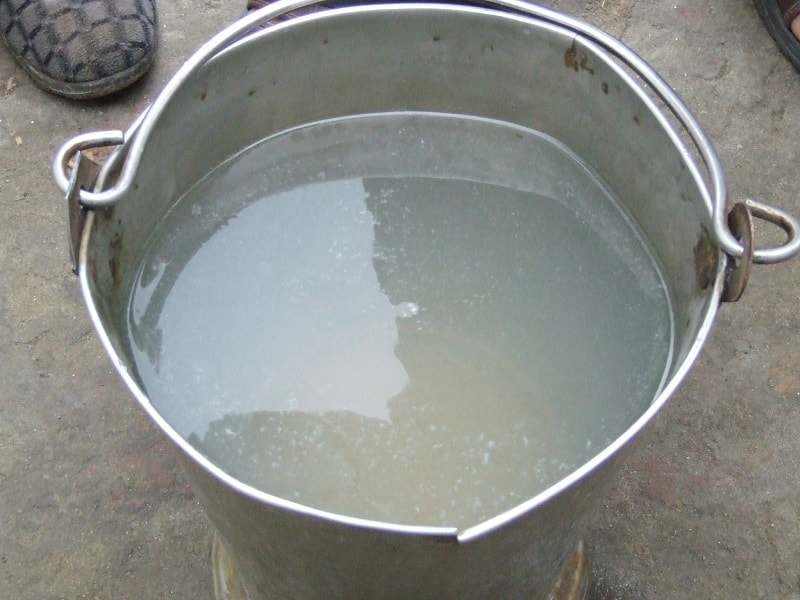
Besides sewage flow, domestic waste flow and dead animals are also dumped in the river water. The dead bodies of people suffering from certain infectious diseases are also dumped in the river which spreads pollution and may lead to epidemics. The polluted river carries waterborne viruses and bacteria and is responsible for the ill health of the people.
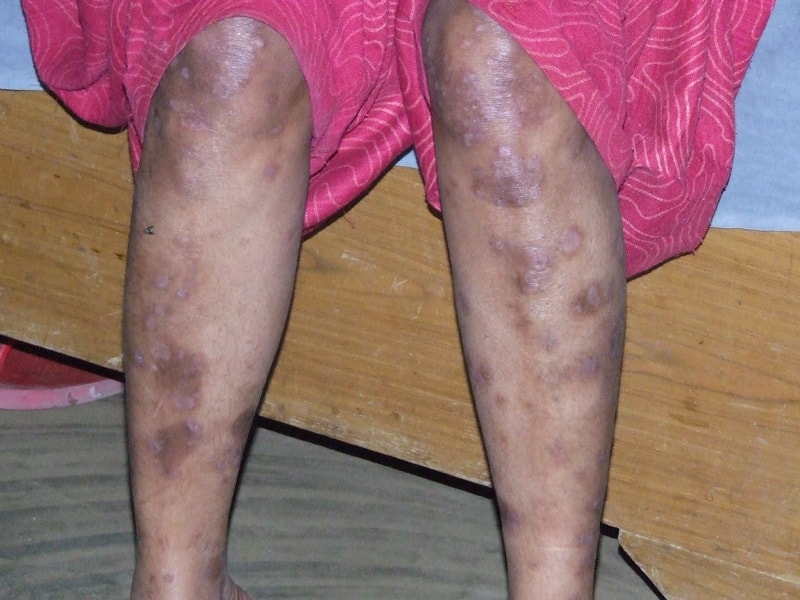
Due to this mismanagement of a vital water resource, its physio-chemical qualities have deteriorated to such an extent that it has affected the groundwater too. The foul taste and odor manifest that the water of the Kali River is un-potable. However, the marginalized community residing within the catchment area is bound to consume the highly polluted water. The residents are left with no option other than either to fend themselves or die of neglect.
The prevailing situation has raised a question whether the Indian government can manage to provide safe drinking water to the Indian citizens, which is one of their basic human rights? It is not so that there are no laws to safeguard human health and river water from pollution. To minimize the aspects of pollution and to improve the environment thereby government of India had enacted the water (prevention and control of pollution) act and formed the central board of prevention and control of water pollution. The above act lays down the methods of regulation and provision of monitoring the industrial effluents for pollution load through Central Ground Water Board (CGWB) under the ministry of water resources.

